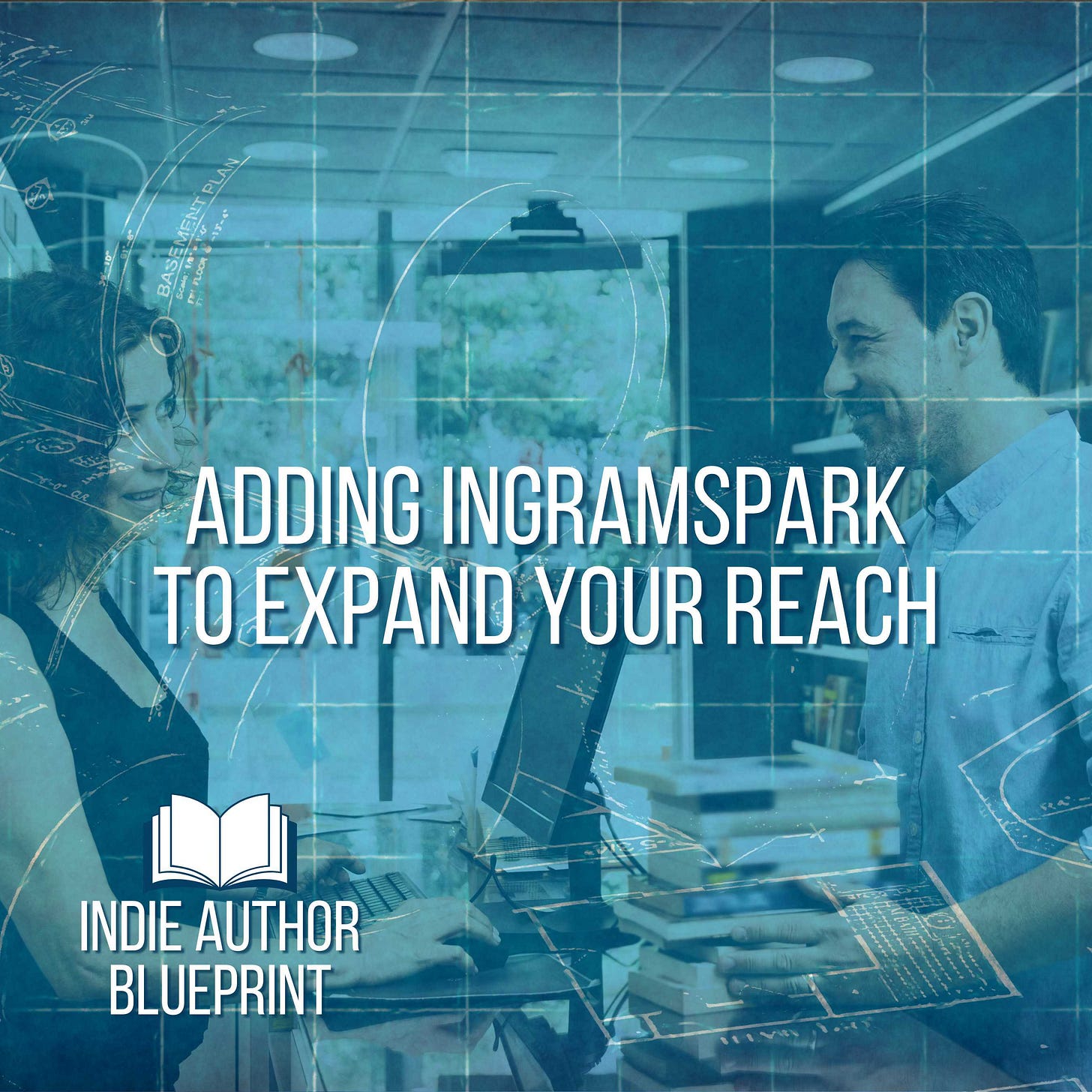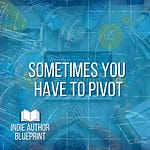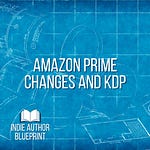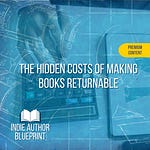You’ve published your book on Amazon KDP — congratulations! Your paperback is available on the world’s largest bookstore, you’ve got reviews trickling in, and you’ve started to see some sales.
But what if you want your book to be available beyond Amazon? What if you’d love to see it in libraries, indie bookstores, or online at places like Barnes & Noble?
That’s where IngramSpark comes in. In this post, we’ll look at how to add IngramSpark as a second distribution channel — without messing up your Amazon setup — and what you need to know about wholesale discounts, returns, and profitability before you jump in.
Be sure to listen to the podcast episode above or on your favorite podcast platform!
Why Add IngramSpark?
KDP is perfect for Amazon, but bookstores and libraries rarely order through Amazon — and most of them never use KDP’s Expanded Distribution. Instead, they order through Ingram, the world’s largest book wholesaler.
Adding IngramSpark to your publishing plan puts your book in the catalog bookstores and libraries already use every day. That means:
Bookstores can special-order your book when customers ask for it, or even stock it on the shelves.
Libraries can find and order your book directly through their purchasing system.
Your book is listed alongside traditionally published titles, which gives it credibility.
This isn’t about replacing KDP. It’s about expanding your reach.
How to Add IngramSpark Without Breaking KDP
Use Your Own ISBNs
If you used KDP’s free ISBN, you’ll need to buy your own from Bowker (or your country’s ISBN agency). This lets you use the same ISBN for both KDP and IngramSpark, which keeps your metadata consistent and avoids duplicate listings.Upload After KDP Goes Live
Start with KDP to make sure your files look good, then upload to IngramSpark. They want a little different cover template, but they have tools.Match Your Retail Price
Keep your retail price exactly the same between platforms. If the price is lower anywhere else, Amazon may price-match it, which reduces your royalty.
Understanding Wholesale Discounts
This is where a lot of authors get stuck, so let’s break it down with a real example.
Say your book costs $3.65 to print and you price it at $14.99.
If you set your wholesale discount at 55%, bookstores keep $8.24 per book.
That leaves $6.75 for you.
Subtract the $3.65 print cost, and your profit per sale is $3.10.
Lowering your discount (for example, to 40%) gives you more profit — but makes your book less attractive to bookstores, since they need enough margin to stay profitable.
Making Your Book Returnable
Bookstores expect to be able to return unsold books for credit. If your book is non-returnable, many stores simply won’t take the risk.
IngramSpark gives you two choices:
Returnable – Destroy: Unsold copies are pulped and you’re only charged back for the wholesale price.
Returnable – Ship: Unsold copies are mailed to you, but you pay the shipping.
Most indie authors choose returnable, destroy because it removes risk for the bookstore without adding unexpected shipping costs for you. I actually choose not to allow returns. You do you!
Why Keep KDP Active
If you switch your Amazon distribution to IngramSpark only, Amazon may list your book as “Ships in X days” or even “Out of Stock.”
That’s why most authors keep KDP as their Amazon printer and use IngramSpark for everyone else. It’s a best-of-both-worlds solution:
Amazon customers get fast shipping.
Bookstores and libraries can order through Ingram.
Big Picture Takeaway
Adding IngramSpark is about making your book available everywhere readers shop, not just on Amazon.
When you combine KDP’s strength on Amazon with Ingram’s reach into bookstores and libraries, you open the door for wider distribution, and you take the next step toward treating your book like a true publishing business.
Coming Next Week: Building a Profitable Publishing Strategy
In Part 3, we’ll look at how to set realistic expectations for wide distribution, protect your profit margins, and think like a publisher so you can keep publishing sustainably for years to come.












